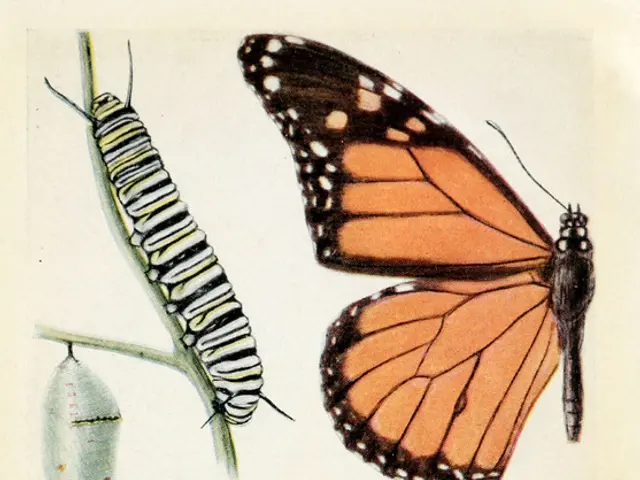Impact of Gardening on Water Resources: Examining the Role of Horticulture in Water Supply Management
In a revealing report by the Environmental Protection Agency, it has been found that lawn equipment releases as much smog-forming nitrous oxide as that emitted by 30 million vehicles. This startling revelation highlights the urgent need for sustainable gardening practices.
One such practice is xeriscaping, the art of creating a garden from drought-resistant plants. These plants, such as Mönchspfeffer (Vitex agnus-castus), Gray Ghost Organ Pipe cactus (Stenocereus pruinosus), and a host of others, are not only climate-adapted but also low-maintenance and suitable for sunny environments. Purple fountain grass, Kangaroo paw, Lavender, Palo verde, and California lilac are other examples of drought-resistant plants that can thrive in these gardens.
These plants often have special characteristics that allow them to survive with less water, such as deep root systems or reduced evaporation. This not only aids in water conservation but also reduces the need for frequent watering, thereby saving energy.
However, gardening activities can impact the global water supply. For instance, applying fertilizer right before a rainfall should be avoided. Excess fertilizer can end up in the ocean from small streams, causing eutrophication, a process that leads to prolific algal blooms. These blooms, in turn, can deplete the water of oxygen, causing many native plants and animals to die off.
To avoid such issues, it's crucial to use the right amount of fertilizer for your plants. Getting soil tested can help determine the right amount of fertilizer needed. Repeating soil tests every few years is recommended to ensure the fertilizer remains balanced.
Slow-release fertilizers are less damaging than fast-release products, as they provide nutrients to plants over a longer period. Lawn clippings, rich in nitrogen, phosphorus, and potassium, can act as a slow-release fertilizer and introduce nutrients into water sources. However, excessive clippings can also contribute to eutrophication.
It's also important to note that lawn equipment like gas-operated lawnmowers and leaf-blowers are major pollution sources. They annually release 30 million tons of climate-warming carbon dioxide, more than the total air emissions released by Los Angeles.
Other environmentally friendly practices include the use of drip irrigation systems, which can reduce water loss by up to 60% over traditional watering methods. Mulching can help regulate soil temperature, limit water evaporation, and prevent weed growth.
Properly maintained septic systems can also add to groundwater flow, while proper disposal of yard waste and chemicals like excess fertilizer and pesticides can prevent them from contaminating groundwater, nearby coastal waters, rivers, and streams.
In conclusion, sustainable gardening practices can positively impact the environment. By choosing drought-resistant plants, using slow-release fertilizers, and adopting water-saving methods like drip irrigation and mulching, gardeners can make a significant difference in conserving water and reducing pollution. As Teo Spengler, a master gardener and docent at the San Francisco Botanical Garden, aptly puts it, "Every garden can make a difference."







